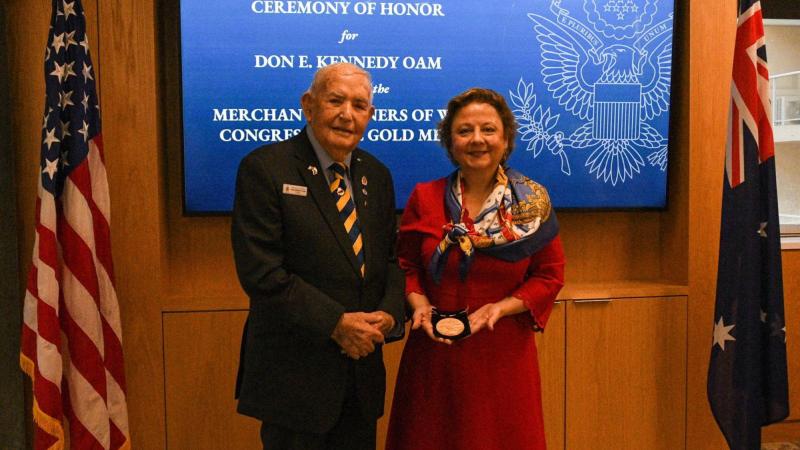A new $1 million Federal Government grant to Curtin University will enable a major upgrade to the Murchison Widefield Array (MWA), giving the giant radio telescope even greater power to read and process signals captured from distant outer space.

The grant is through the National Collaborative Research Infrastructure Scheme (NCRIS) and administered by Astronomy Australia Ltd (AAL) and will replace the aging correlator, or ‘brains’ of the telescope, which has been used since the MWA began operating in 2012.
The MWA is a low-frequency radio telescope that scans the Earth’s southern skies and consists of more than 4000 spider-like antennas spread across several kilometres within CSIRO’s Murchison Radio-astronomy Observatory (MRO) in remote Western Australia.
It is the first fully operational precursor instrument for the $1 billion Square Kilometre Array (SKA) project, which will commence construction next year and will be the world’s largest radio telescope, aimed at unlocking the secrets of the cosmos.
MWA Director, Curtin University Professor Melanie Johnston-Hollitt, said the funding was incredibly important as it will enable what would be only the second major upgrade for the MWA.
“The new correlator, MWAX, has been specially designed by a team from Curtin, which includes engineers from the MWA Operations Team and the Curtin Institute for Radio Astronomy,” Professor Johnston-Hollitt said.
“In the first instance the new correlator will enable us to make finer frequency and time observations which improves our ability to detect new transient sources such as pulsars and fast radio bursts, understand the physics of the Sun and the ionosphere, and to undertake simultaneous surveys for extra-terrestrial intelligence.”
Professor Melanie Johnston-Hollitt said the upgrade will move the MWA to Phase III of the telescope which is due to commence in 2021 and marks the next significant phase for the project.
“The current correlator is only capable of processing signals from half the antennas so researchers are forced to use only half the array at once and in fairly rough time and frequency intervals,” Professor Johnston-Hollitt said
“Thanks to advances in the technology of graphics processing units (GPUs) driven by the gaming industry, the new correlator is easily able to ingest all of the signals from each antenna and paves the way for having all of the MWA’s over 4000 antennas connected simultaneously in the future.
“We are indebted to everyone who plays games on their computer for driving the economics that have advanced GPUs so much in the last eight years. In a very real sense gamers have helped drive the technology that allows us to uncover the mysteries of the Universe.”
Chair of the AAL Board, Professor Naomi McClure-Griffiths, said she was delighted for Curtin and the MWA as recipients of this grant.
“AAL is excited to be able to support this “brain transplant” for the MWA, which will renew the telescope and increase its value for a range of users. It will allow the MWA to continue its scientific discoveries and maintain its position as a critical precursor instrument to the SKA, helping to ensure the future success of the SKA,” Professor McClure-Griffiths said.
“AAL is very grateful to the Minister for Education, The Hon Dan Tehan, and the Department of Education, Skills and Employment – enabling NCRIS – for acknowledging the importance of the MWA to the future SKA and radio astronomy community as a whole.”
The MWA is a collaboration of 20 partner academic institutions from Australia, the United States, Japan, China, and Canada. Curtin University is the collaboration’s lead organisation and the recipient and manager of Australian MWA funding.
Among the MWA’s achievements is the detection of the largest known eruption in the universe since the Big Bang, the discovery of new ionospheric structures in the Earth’s atmosphere and the creation of a catalogue of 300,000 galaxies and the first radio-colour panorama of the Universe in the GLEAM all-sky survey.
For more information on the MWA expansion and science cases please visit the MWA website.







